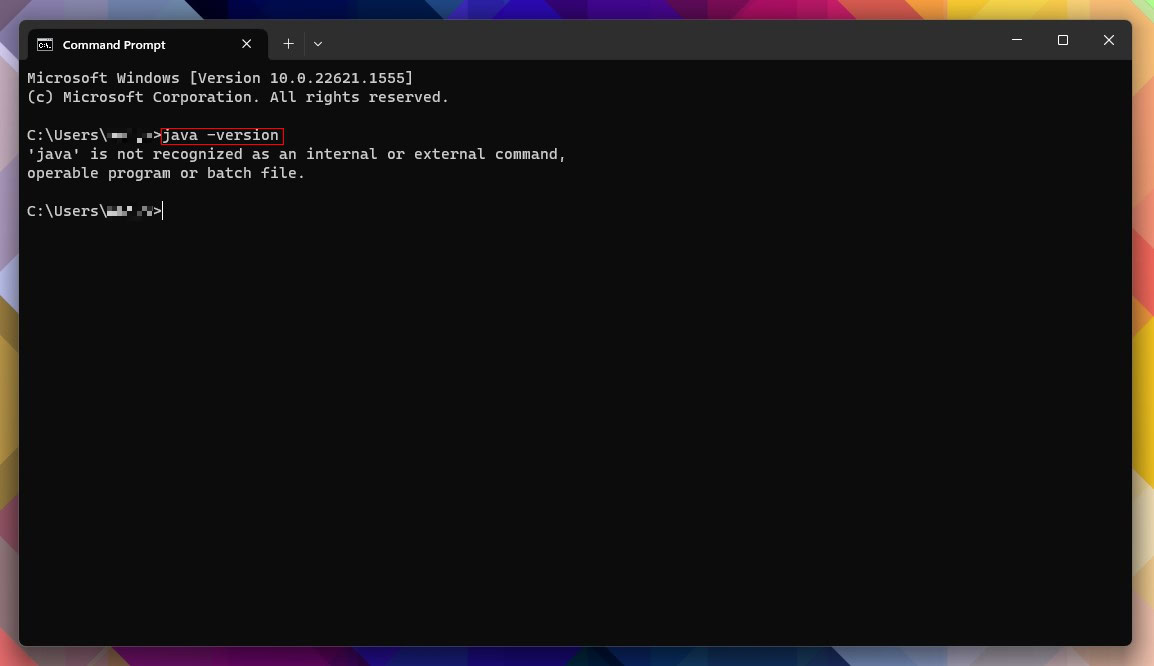Affiliate links on Android Authority may earn us a commission. Learn more.
How to check which Java version you have
Published onNovember 4, 2023
Java is a broadly employed programming language that forms the backbone of some of the more popular apps, past and present. While many users won’t ever need to install Java on their computers, the package is required for Java programs and games, like Minecraft, and for launching and running Jar files. It’s essential to check what version of Java you have, but how do you do this? We break down some of the more popular methods below.
QUICK ANSWER
The quickest way to check which Java version you have is to launch a command prompt window, type "java -version" in the window, and then hit Enter. The Java version details will be displayed in response.
JUMP TO KEY SECTIONS
How to check your Java version on Windows
There are several ways to check which Java version you’re running on your Windows machine.
Using command prompt
This is the quickest way to verify which version of Java is installed on your device.

- Hit Start, search “cmd” without the quotes, and open Command Prompt.
- Alternatively, hit Windows Key + X on your keyboard, click Run, type in cmd, and hit Enter.
- With the command prompt window open, type “java -version” without the quotes, then hit Enter.
- If your machine has a version of Java installed, you’ll get the version number and other related details about the packages.
- A “‘java’ is not a recognized command” response will appear instead if Java isn’t installed. Thankfully, it’s easy to install Java on your machine.
Using Windows’ control panel
Suppose the command prompt method is too complicated or intimidating, or you want to verify the information it provided. In that case, you can check if Java is installed manually by heading to Windows’ Control Panel.
- Hit Start, search “Control Panel” without the quotes, and open Control Panel.
- Click Programs and Features.
- Check if Java is listed. The version number will be displayed alongside the size and install date.
We prefer using Control Panel here as it works across recent and legacy versions of Windows, including Windows 11 and 10.
Using About Java
If you’re sure that you have Java installed on your Windows machine, you can query Java directly. This method works best on Windows 11 and 10.
- Hit Start, then click All Apps.
- Find the Java folder, then click on it.
- Click About Java.
Using the Java Control Panel
Finally, you can also use the Java Control Panel to find what version of the package you’re running.
- Hit Start, then click All Apps.
- Find the Java folder, then click on it.
- Click Configure Java. This will launch the Java Control Panel.
- On the General tab, click About.
- Your Java version and other details will be displayed in a dialog box.
You can also launch the Java Control Panel by hitting Start, searching for “javacpl.exe” without quotes in the search box, and hitting Enter.
How to check your Java version on Mac
For Mac users, finding out which Java version is installed on your machine requires some work in Terminal.
- Click the Launchpad icon on the Dock.
- Type “Terminal” without quotes in the search bar, then click on Terminal to launch it.
- Alternatively, open the Applications/Utilities folder in Finder and double-click on Terminal to launch it.
- Type “java -version” without quotes in the Terminal window, then hit Enter.
- The Java version installed should be displayed in response.
FAQs
When using the “java -version” method in the Windows command prompt, part of the output should provide the bit version.
If you’re planning to run any Jar files or want to play games reliant on Java, like Minecraft: Java Edition, you’ll need to install Java on your computer. If not, Java is not required.